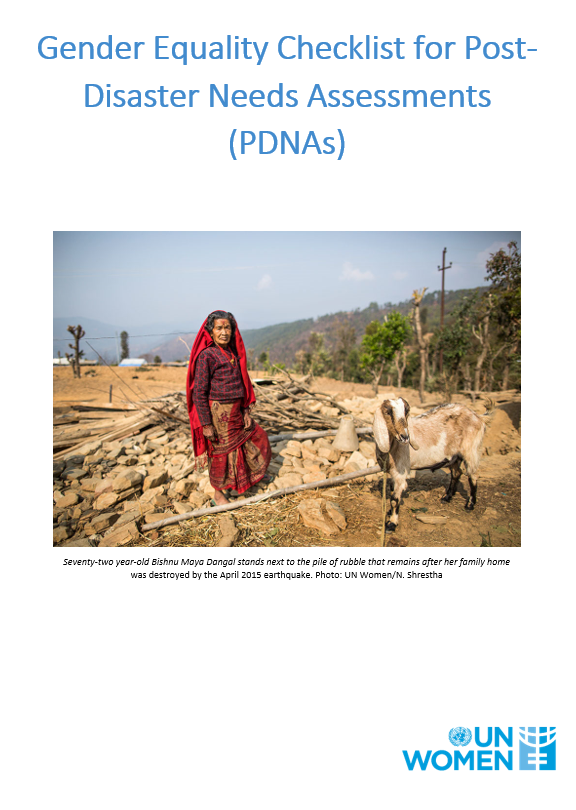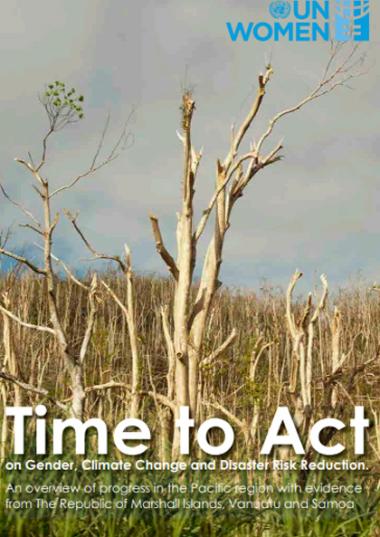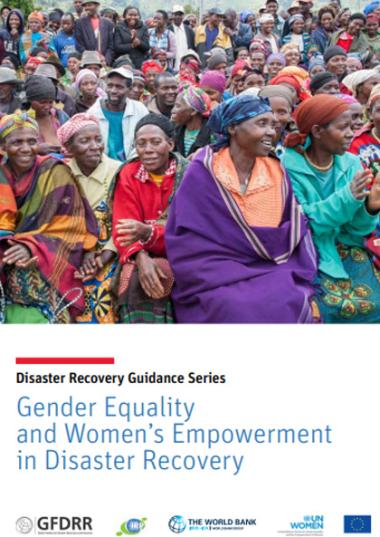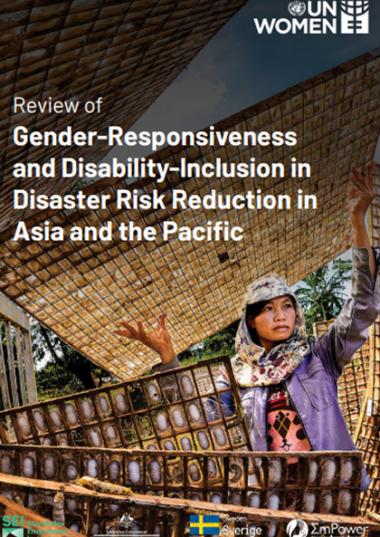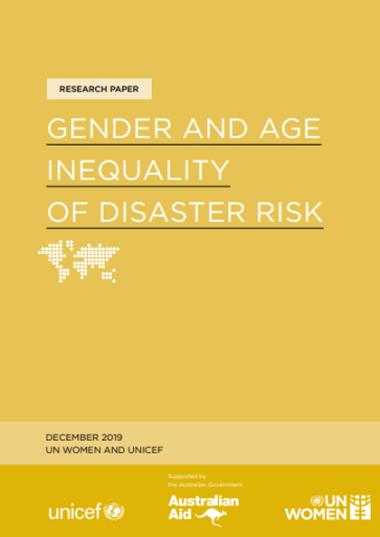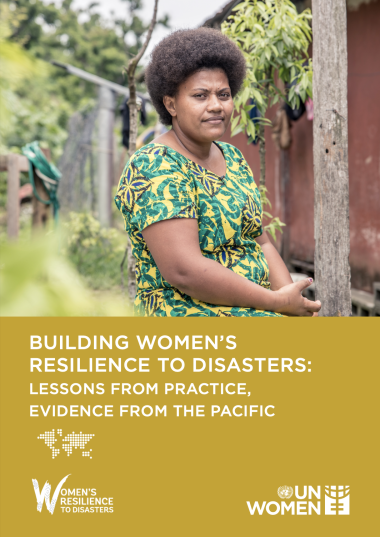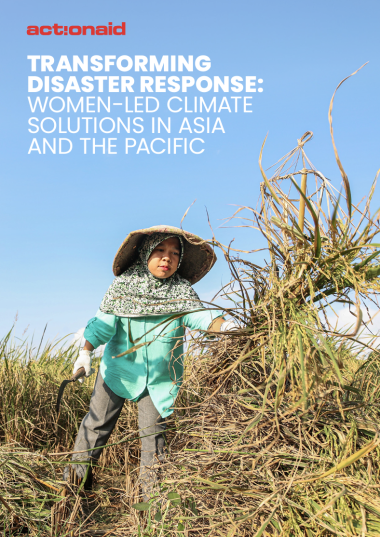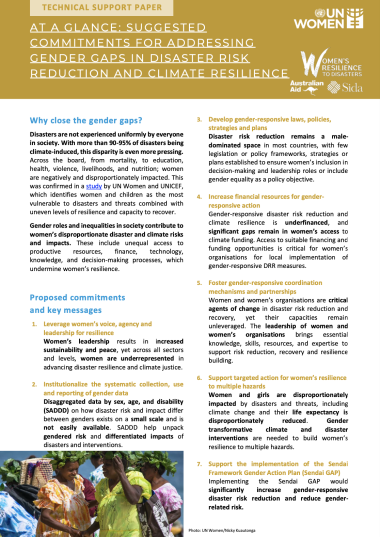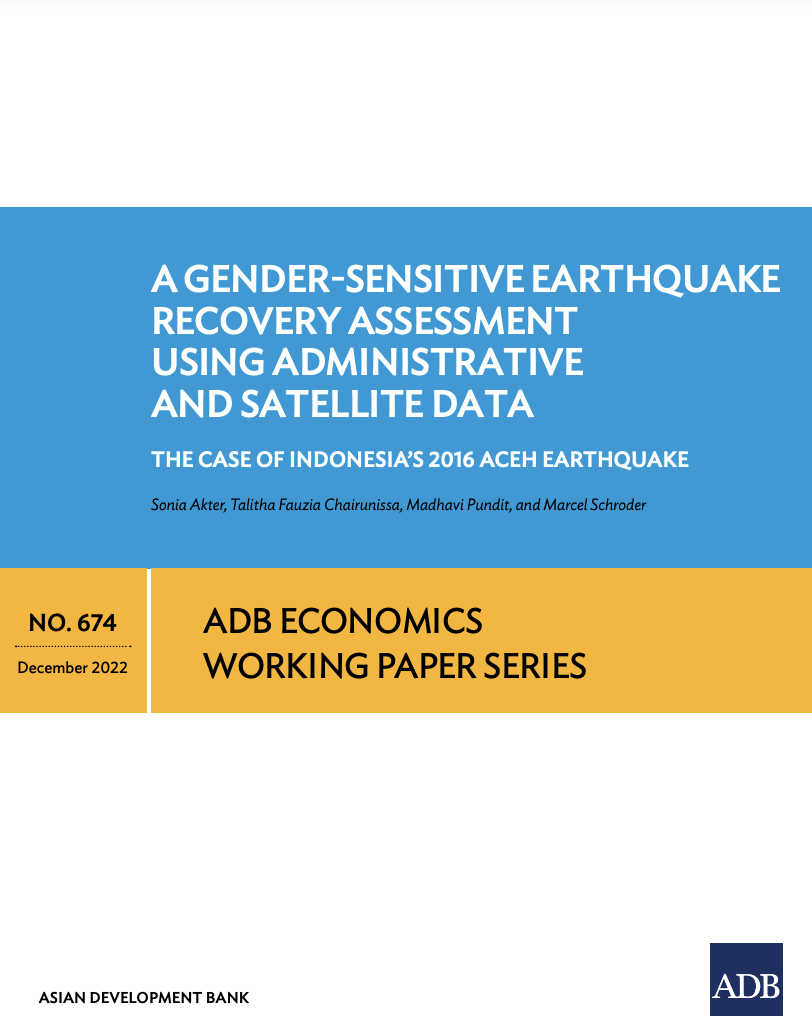
A Gender-Sensitive Earthquake Recovery Assessment Using Administrative and Satellite Data: The Case of Indonesia’s 2016 Aceh Earthquake
December 2022
This study presents a gender-specific assessment of medium-term disaster recovery following a series of earthquakes in Indonesia’s Aceh Province on 7 December 2016. For this assessment, we combine the village-level nighttime radiance data obtained from the Visible Infrared Imaging Radiometer Suite instrument, distance from the earthquake epicenters collected from the United Nations Satellite Centre and the Village Potential Statistics (PODES) 2014 and 2018—administrative data collected by Indonesia’s Central Statistics Bureau. We develop a novel index to represent women’s welfare in the context of a disaster—the Women’s Welfare after Disasters Index (W2DI). The nighttime radiance scores are used as indicators of overall economic welfare, while the W2DI specifically represents women’s welfare. Using the difference-indifferences method, we compare the average monthly nighttime radiance and W2DI scores in earthquake-affected and unaffected villages of the Aceh Province before and after the 2016 earthquake series.
Similar to studies using the nighttime radiance to monitor disaster recovery and relief, our findings reveal that, on average, the monthly nighttime radiance scores of the earthquake-affected villages 2 months after the earthquakes were brighter relative to the changes of the unaffected villages, implying an improvement in overall economic well-being of the earthquake-affected population. However, findings from the W2DI give us richer insights related to women’s welfare. While an important domain of women’s welfare—particularly, availability and access to the health infrastructure—improved significantly after the earthquake series, there was substantial deterioration in access to basic needs (e.g., water, fuel, sanitation). Such access plays an essential role in women’s well-being as they are directly linked to women’s role in the society. This study demonstrates that women in disaster-affected areas may experience a setback in some domains of their welfare in the medium term even when the economic welfare in the disaster-affected areas, in general, improved because of the gradual increase of human activities after reconstruction work occurred. The study also shows how a gender-specific disaster assessment tool can be developed and applied to monitor and assess disaster recovery for a subgroup of population and identify areas that require intervention.
